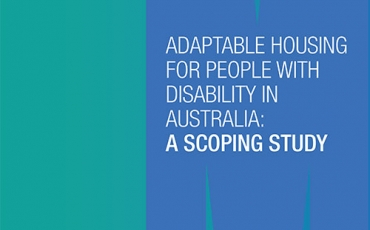Guidelines for the targeted recruitment of people with disability

Download the 'Guidelines for the Targeted Recruitment of People with Disability 2022' PDF (34.5 MB)
Download the 'Guidelines for the Targeted Recruitment of People with Disability 2022' DOC (4.2 MB)
In this foreword former Disability Discrimination Commissioner, Dr Ben Gauntlett, writes about targeted recruitment strategies for people with disability and new Guidelines. Watch Dr Gauntlett speak about the release of The Guidelines for the Targeted Recruitment of People with Disability 2022.
Foreword
The employment of people with disability is a critical issue for all Australians.
However, the rate of employment of people with disability in Australia has remained stagnant for decades. As a country, we need to do more. We know employment and economic participation are good for an individual’s self-esteem, health and financial independence. These benefits are magnified for people with disability.
The justification that is often forgotten when discussing the employment of people with disability is the long-term benefit to the employer. People with disability are hard-working and diligent employees who enable organisations to better understand and cater for a significant group of people in the community.
We need to explore novel and unique methods to ensure people with disability obtain not just a job, but a good job.
One method an employer can use to increase its number of employees with disability is to undertake a targeted recruitment strategy, which is a recruitment campaign that solely targets people with disability. This is potentially a form of ’special measure’ that makes such a targeted campaign lawful under the Disability Discrimination Act 1992 (Cth) (Disability Discrimination Act) and state and territory equal opportunity or anti-discrimination legislation.
There are many misconceptions concerning targeted recruitment campaigns, and the Guidelines for the Targeted Recruitment of People with Disability (the Guidelines) seek to ameliorate some of those concerns. In short, aside from New South Wales (and noting the particular view adopted in Tasmania), there is no need to get any form of authorisation before undertaking a targeted recruitment campaign provided that it can be considered a ’special measure’.
The Guidelines are produced as part of the Australian Human Rights Commission’s IncludeAbility Project. The Project is designed to support employers to create meaningful employment opportunities for people with disability. It is funded by the Paul Ramsay Foundation and the Australian Department of Social Services.
We would like to thank Herbert Smith Freehills, an IncludeAbility Employer Network Member, for its pro bono assistance in completing the Guidelines.
Dr Ben Gauntlett
Former Disability Discrimination Commissioner



